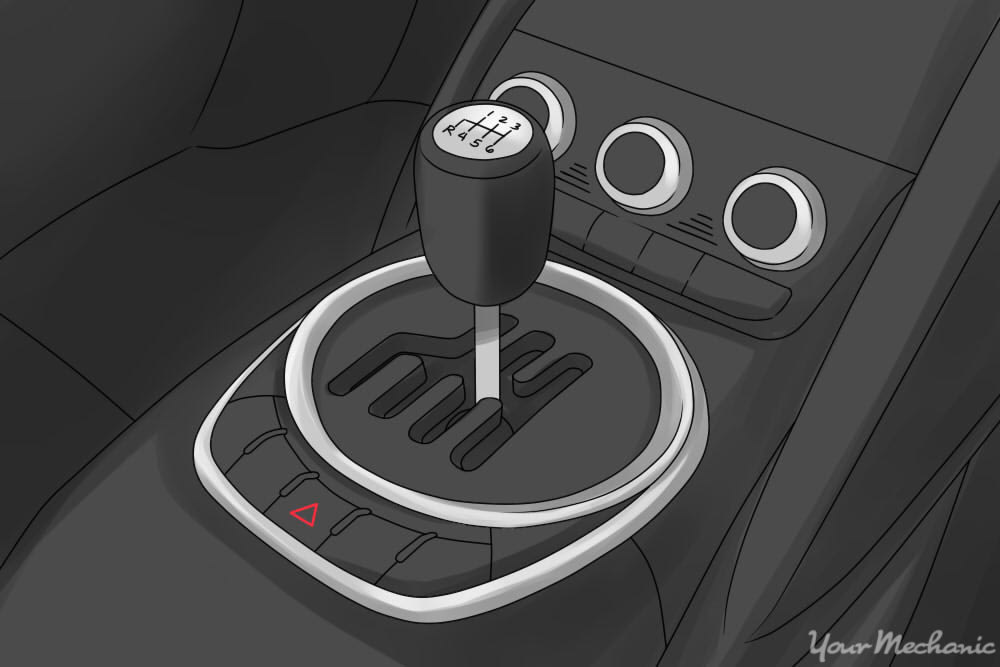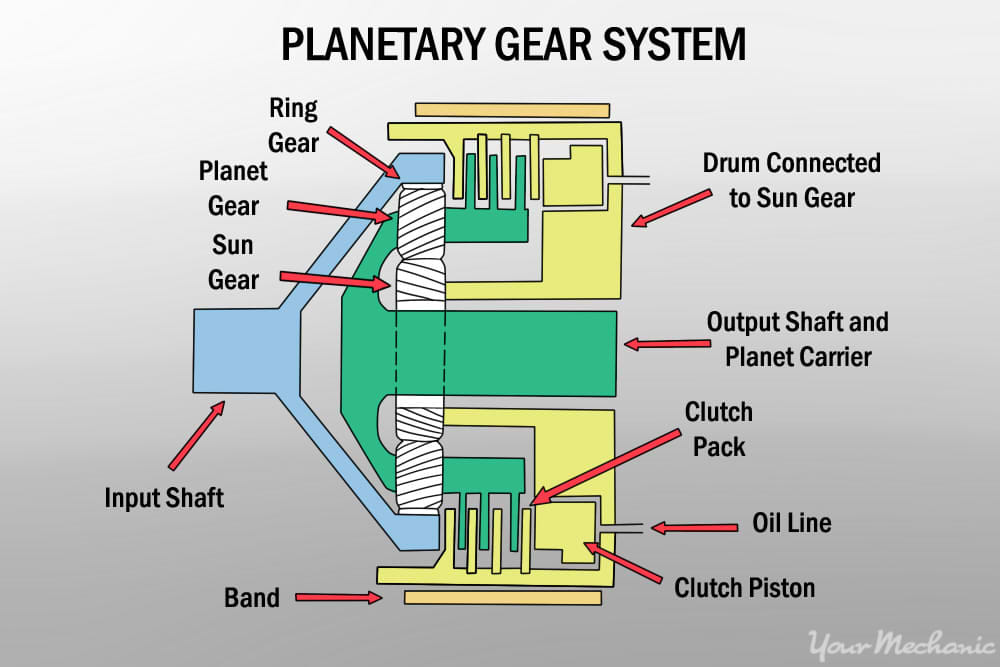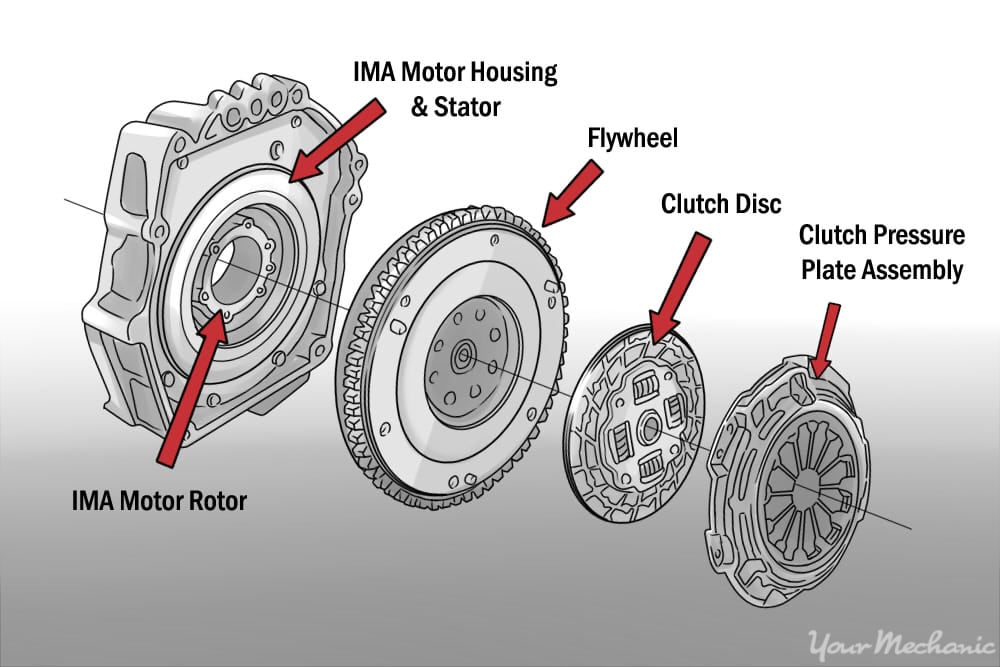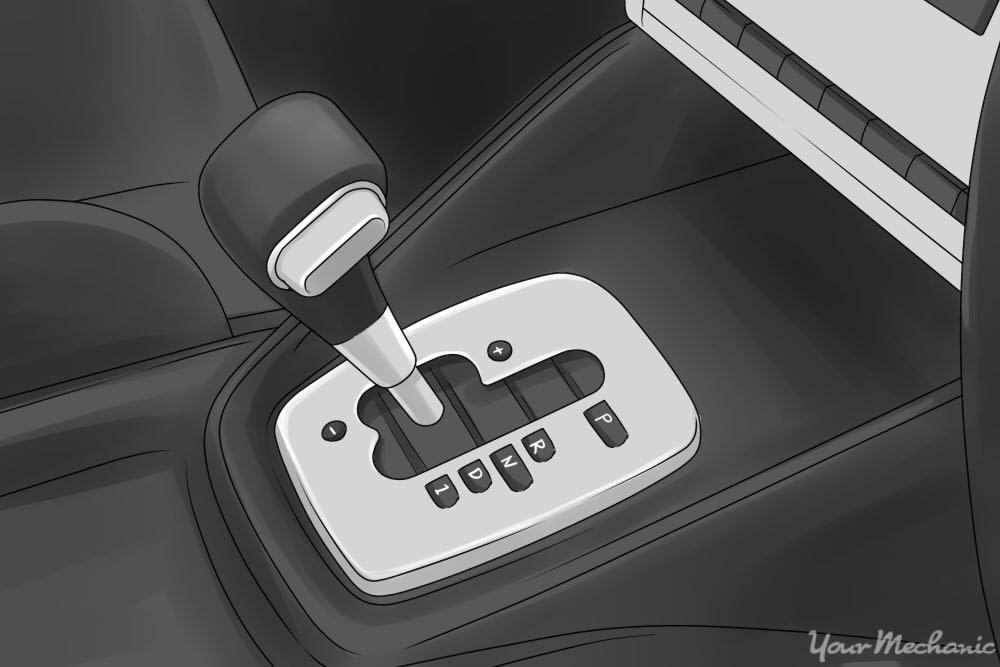

There are a lot of decisions that have to be made when buying a new car. Everything from choosing a make, model, and trim level to deciding if upgrading the stereo is worth the extra money. One of the biggest decisions you will have to make is whether you prefer a manual or automatic transmission. There are definite pros and cons to each, and understanding the basics of these two types of transmissions is key to making the right decision.
When shopping for a new car it is a good idea to test drive both a manual and an automatic if you are on the fence regarding a transmission choice. While a manual transmission will give you more control over the vehicle and may enhance the driving experience, an automatic is easy and convenient.
The transmission that is right for you will depend on a number of factors. Everything from how you drive to the horsepower under the hood to whether you prefer convenience over performance will influence your decision.
Factor 1 of 5: How transmissions work
Automatic: Automatic transmissions use a planetary system of gears. These gears transfer power to the wheels using a variety of different gear ratios. A planetary gear set uses a central gear that is referred to as the sun gear. It also has an outer ring with internal gear teeth, this is call the ring gear. In addition, there are two or three other planet gears, which allow the gear ratio to change as the vehicle is accelerated.
The drivetrain of the vehicle is coupled to a torque converter, which functions as a clutch between the transmission and drivetrain. An automatic transmission change gears automatically as the vehicle accelerates or slows down.
Manual: A manual transmission has a flywheel that is attached to the crankshaft of the engine. The flywheel spins with the crankshaft. There is a clutch disk between the pressure plate and the flywheel. The pressure created by the pressure plate holds the clutch disk against the flywheel. When the clutch is engaged, the flywheel spins the clutch plate and the transmission. When the clutch pedal is pushed down, the pressure plate no longer applies pressure to the clutch disk, which allows the gears to be changed.
Factor 2 of 5: The costs associated with each transmission
There are some very real differences between a manual and automatic transmission and depending on what you are looking for, they can be advantages or disadvantages. Let’s have a quick look at just a few of the major variances between the two systems so you can decide which factors are important to you.
Initial costs: In almost all cases, a manual transmission will be the cheaper option when buying a new car. Savings will vary depending on the vehicle but expect a price cut of at least $1,000 when comparing a manual to an automatic.
As an example, a 2015 Honda Accord LX-S Coupe with a 6 speed manual gearbox starts at $23,775 while one fitted with an automatic transmission comes in at $24,625.
The cost savings extends to used cars as well. While finding two exact used vehicles is always difficult, a quick search of AutoTrader.com finds a 2013 Ford Focus SE Hatch with a manual tranny listed at $11,997 while a SE Hatch with similar mileage with an automatic is going for $13,598.
- Note: The cost savings should be considered a rule of thumb, not a hard and fast fact. Especially in high-end or sports cars the manual transmission will cost the same or can even be the more expensive option.
In other cases, a manual transmission may not even be an option. A manual transmission was not offered on 67% of the 2013 lineup.
Running costs: Again, the manual transmission is the winner in this category. Manual transmissions will almost always get better fuel economy than an automatic. The gap is closing though as automatics gain more gears and become more sophisticated.
As an example, the 2014 Chevrolet Cruze Eco gets 31 mpg combined with an automatic under the hood and 33 mpg with a manual. According to fueleconomy the savings in fuel costs over a year is a paltry $100.
Maintenance costs: Automatic transmissions are complicated and contain lots of moving parts and for that reason they tend to be more expensive to maintain. Expect more regular maintenance costs as well as a big bill if the transmission ever fails.
For example, having to replace or rebuild an automatic transmission will usually cost thousands while the cost for replacing a clutch will be in the hundreds.
- Note: Eventually, an automatic transmission will have to be replaced or rebuilt, they almost never last the entire life of a car.
Manual transmissions are much simpler and will often perform flawlessly over the life of the car, requiring a much less maintenance. In most cases the clutch disc will have to be replaced over the life of the car but in general, maintenance costs are lower. Manual transmissions use gear or engine oil, which doesn’t deteriorate as quickly as automatic transmission fluid (ATF).
Again, this is not a hard and fast rule, especially in high-end sports cars where clutch and manual transmission costs can be very high.
Regardless of whether we are talking about initial costs, running costs, or even maintenance costs, a manual transmission is the hands-down winner.
Factor 3 of 5: Power
There are definite differences in how an automatic and manual transmission transfer engine power to the wheels and that can make one transmission type offer a distinct advantage over the other. In the majority of cases you get the most power out of a vehicle using a manual transmission but there are trade-offs, especially convenience.
Low power vehicles: If you are looking at a low powered vehicle, a manual transmission is often the best bet. An entry-level car with a 1.5-liter 4-cylinder engine is going to benefit from a manual transmission. It will let you get the most out of the limited power the vehicle offers which will help with passing and going up hills.
Automatic transmissions choose the best gear for the situation they are in but in most cases they are programmed to error on the side of caution, which often leads to shifting to too high of a gear, which is a waste of engine power.
A manual, on the other hand, leaves those decisions to you, letting you get all available power out of a gear before shifting up. This can be a real advantage when trying to pass another vehicle or going up a long hill. An automatic will often change gears too early, leaving you bogged down right when you need the most power.
Once you move into higher-powered vehicles, such as a V-6 or V-8, an automatic might be more fitting.
High powered vehicles: A high-powered sports car usually benefits from a manual gearbox as well, although many exotic cars have gone to an automated manual gearbox.
Again, it comes down to controlling the power. A manual allows you to wring every bit of power out of a gear before shifting up, an automatic will often switch gears too early. This is why there is often a significant difference in acceleration times between a manual and automatic so if acceleration or 0-60 mph times are important to you, a manual transmission is the best option.
This is not a hard and fast rule, but if you are buying an exotic car, the automated manual should be programmed to get the most out of every gear, but it will definitely make a difference in more mainstream vehicles.
Factor 4 of 5: Lifestyle
The truth is that automatics are just easier and more convenient to drive. It pays to carefully consider your lifestyle and driving habits when choosing between a manual and automatic.
Stop and go: A manual transmission can be a pain for people who have a long commute in rush hour traffic. The constant shifting and depressing the clutch pedal can become tiresome. In some cases, especially a vehicle that has a heavy clutch, leg or joint pain has been known to occur.
Learning curve: While driving an automatic is pretty easy and straightforward, there is a definite learning curve with a manual transmission. Beginning drivers can expect to experience missed shifts, jerking, bucking and stalling. In addition, starting off on a hill can be a somewhat scary experience until you become comfortable with the clutch.
Fun: There is no denying that driving a manual transmission car is fun, especially on a curvy road that is traffic free. A manual transmission provides a level of control over the vehicle that is just not available on an automatic. Unfortunately, most of us don’t drive day-to-day in these types of conditions but if you do, a manual transmission might be the exact vehicle you need.
Driver focus: A manual transmission requires more attention, gears have to be shifted, the clutch has to be pushed, all while keeping your eyes on the road and deciding what gear is appropriate for the situation at hand. Automatic transmissions take care of all of these functions automatically.
While illegal in most states, if you text or use your cell phone behind the wheel, a manual transmission is a horrible idea. Juggling a phone, a steering wheel and gearshift can create a truly dangerous driving scenario. A car with an automatic transmission will solve this problem.
Factor 5 of 5: Consider a semi-automatic transmission
If you still can’t decide, there is a middle of the road option that allows you to shift manually when you want to and slip the car back into automatic when don’t. A semi-automatic transmission (SAT) goes by a number of different names, automated manual transmission, flappy paddle gearbox or paddle shift.
Regardless of what it’s called, a SAT is a transmission that allows you to shift gears when you want to but there is no clutch pedal. The system uses a system of sensors, processors, actuators and pneumatics to shift gears based on input from the gearshift.
In most of these vehicles the default is an automatic transmission with the option to move it into a SAT mode. Even in SAT mode, the car will shift for you if you miss the shift or fail to shift in time, so there is no danger to the transmission. These cars can be great for practicing shifting with rev matching without having to worry about a clutch.
You should now be up to speed on the advantages and disadvantages of the various transmission choices, which means it’s time to get out there and make a decision. Always test drive a vehicle as many times as necessary to make sure you are comfortable not only with the vehicle but the transmission as well.






